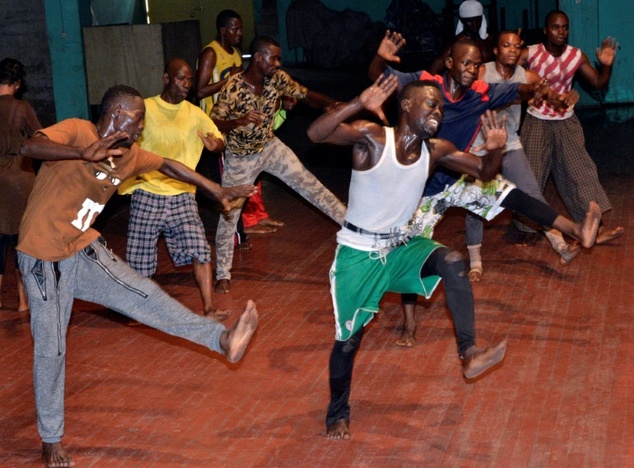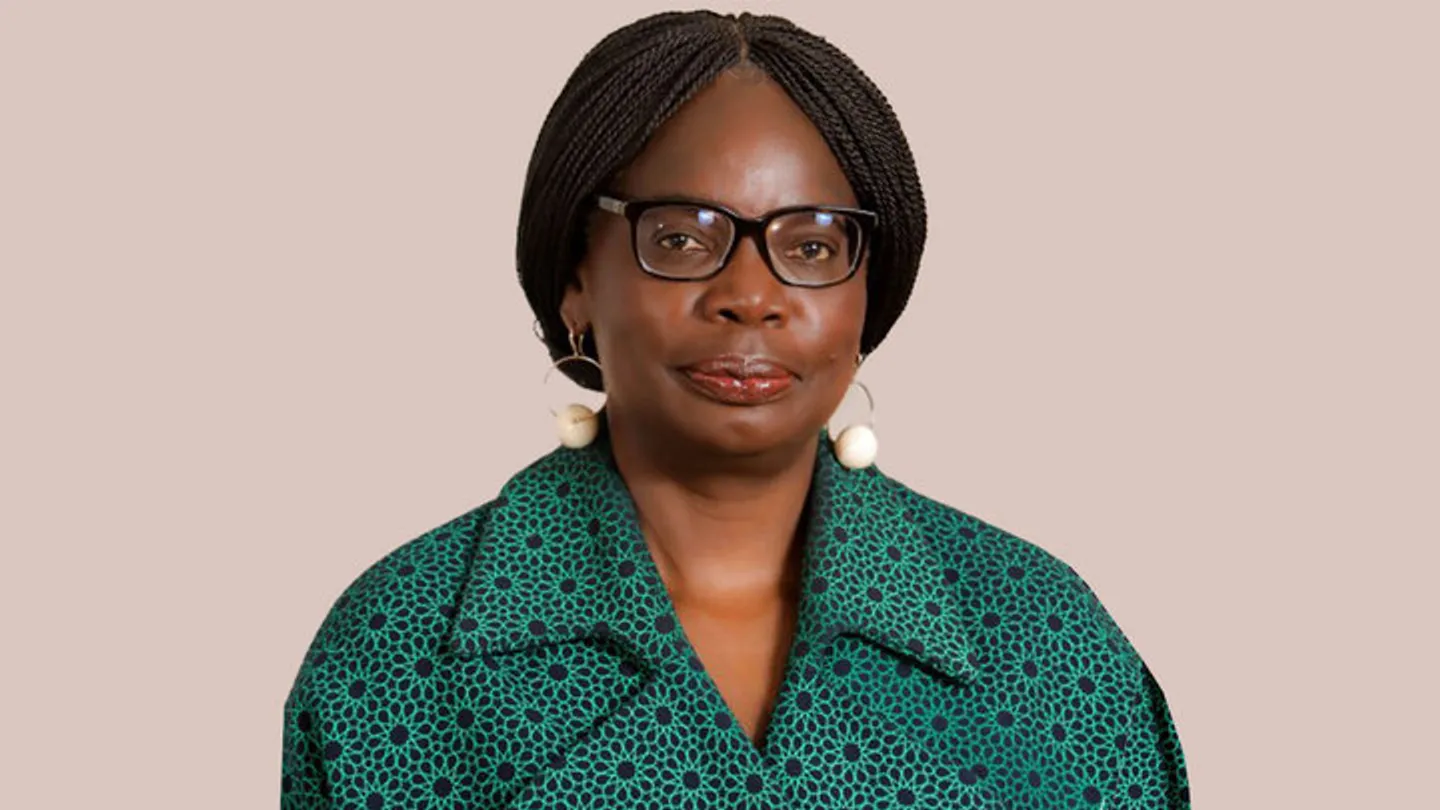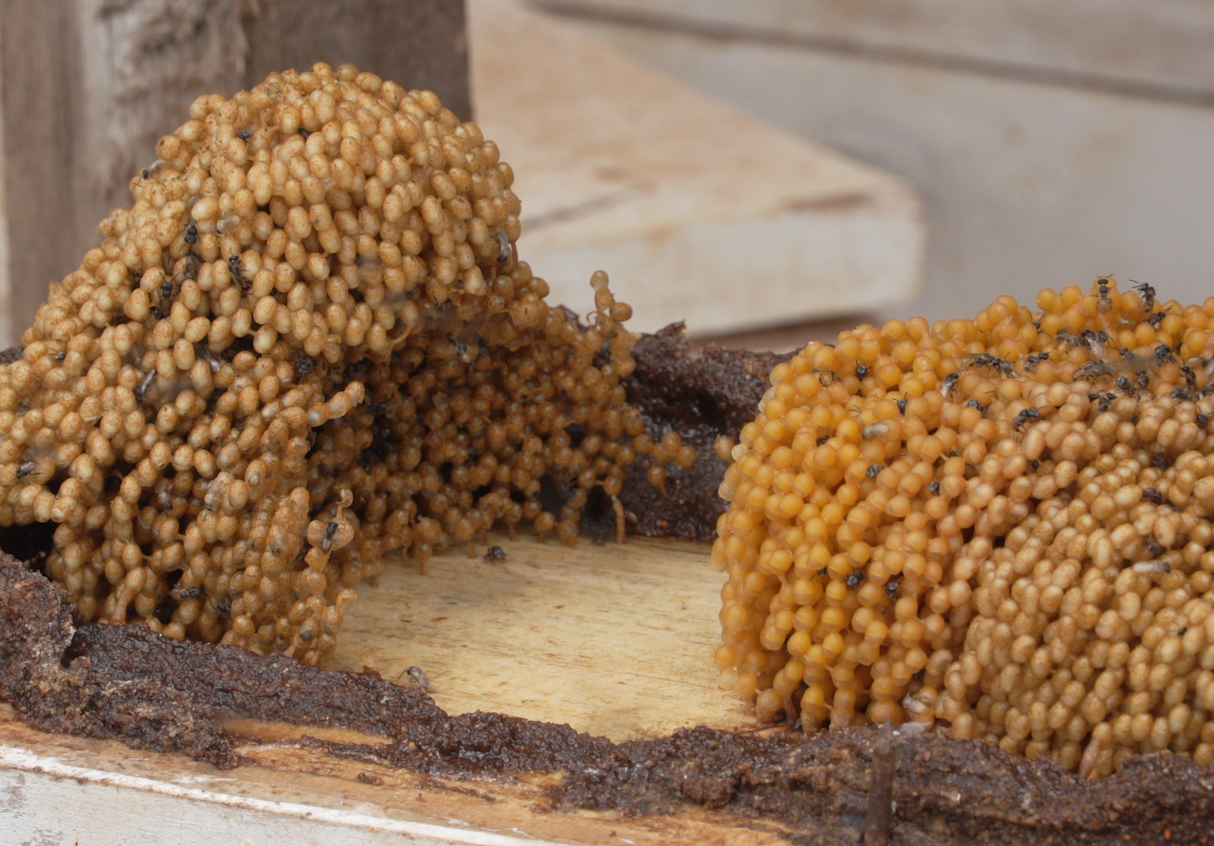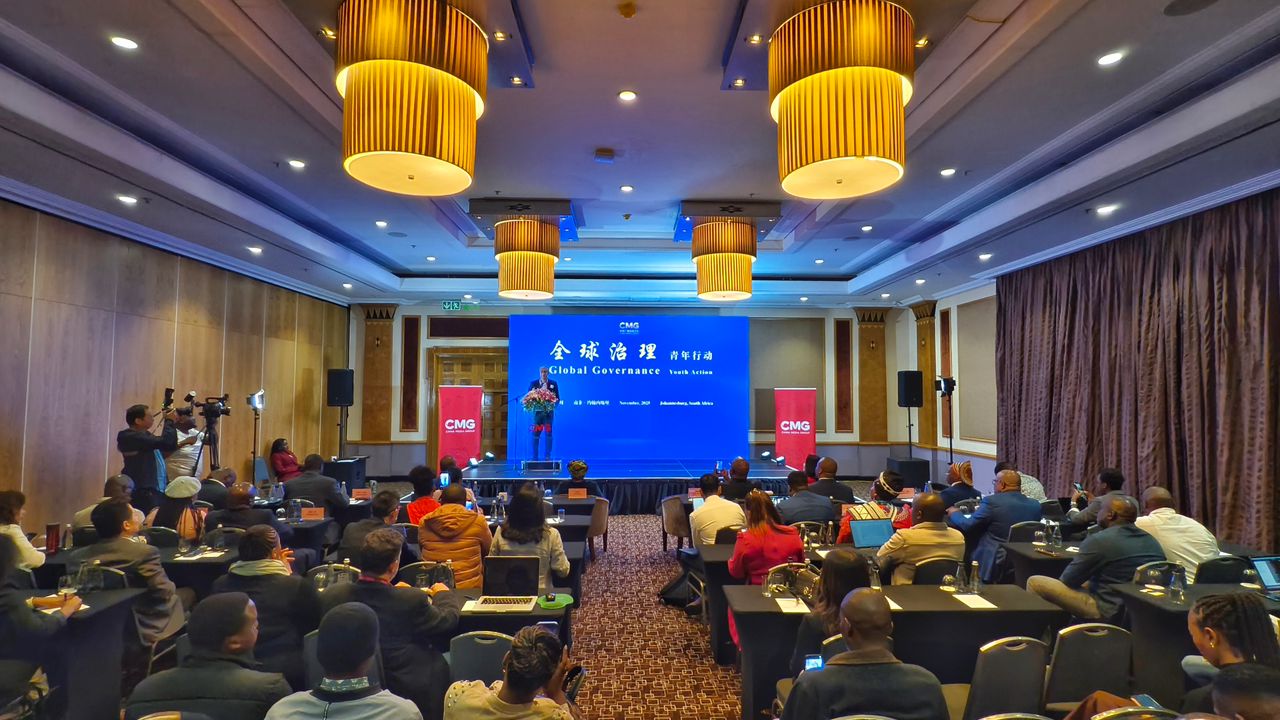
Guinea’s world-famous dance troupe fades into uncertain future

For years, Guinea’s main dance company brought glory to the West African state, touring the globe for sell-out performances. Today, ageing and forgotten, it struggles to train a new generation of dancers facing a very uncertain future.
National culture director Jean Baptiste Williams said that Les Ballets Africains was the biggest cultural institution not just in Guinea but, as their name suggests in the whole of Africa.
Yet now, the stars once lauded on Broadway have no dedicated performance space, no financing and have not worked outside of the country in years.
It all started in the early 1950s in Paris, capital of Guinea’s then colonial power, when three friends joined forces in the heady days of growing African independence movements.
Guineans Fodeba Keita, a poet and dancer, and Facelli Kante, a guitarist, and Cameroonian singer Albert Mouangue, wanted to promote African identity and traditions, telling stories through dance, song, percussion and gymnastic displays.
In 1958, a proud yet impoverished Guinea, newly independent from France, began investing heavily in culture under its charismatic first president, Ahmed Sekou Toure, a socialist and ardent promoter of the arts.
Back home, Les Ballets Africains members were made state employees with the government catering to their every need. They, in turn, became Conakry’s cultural ambassadors and the fresh face of decolonised Africa.
“Until the death of Sekou Toure (in 1984), we were like the pampered children of the revolution,” artistic director Hamidou Bangoura, 74, told AFP.
An acrobat by training, Bangoura has spent 56 years with the troupe, joining in 1960 as Les Ballets Africains began its meteoric rise.
“We did the five continents,” he said, electrifying spectators in the grandest theatres of Paris, Moscow, New York and elsewhere.
Things began to change with Toure’s death. They no longer, as before, had “all the doors open to us”, said Sekou 2 Conde, a member of Les Ballets Africains since 1967.
Lansana Conte, Guinea’s second president, began a process that would see the troupe stripped of their envied status as civil servants.
After taking power in a military coup, Conte won friends in the west by dropping his predecessor’s leftwing policies in favour of IMF-backed spending cuts.
Ballets and orchestras became difficult to maintain as the government promoted privatisation, with attention shifting to individual artists and the scene moving to Paris where Guinea’s most famous performer Mory Kante was based.
There are now 45 members of Les Ballets Africains, many of them pensioners.
They rehearse in the capital’s Palais du Peuple (People’s Palace). Since parliament is also based here, they find themselves sharing their performance space with political meetings and other public events.
The long tours of old were gradually cut down and the last time they left Guinea to perform abroad was in 2010, to China.
The groups veterans though refuse to give up, training unpaid young newcomers from Monday to Thursday.
Speaking to AFP, Culture Minister Fodeba Isto Keira said that there is a plan to relaunch artistic ensembles like Les Ballets Africains, but to do that the workforce has to be modernized
Source: AFP






